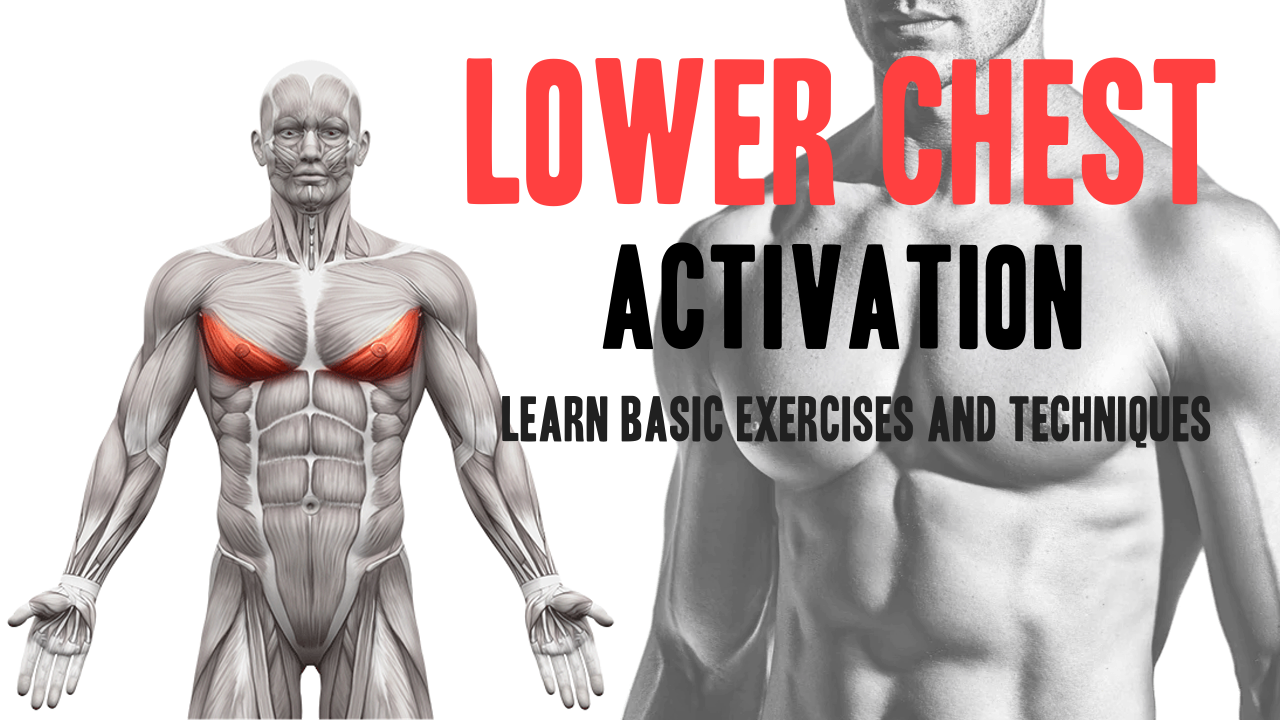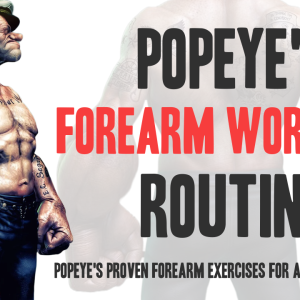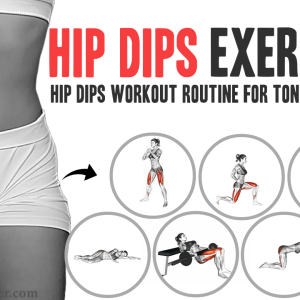Contents
- Understanding Muscle Anatomy: Lower Chest Focus
- Why Doesn’t the Lower Chest Develop?
- Science Behind Targeting the Lower Chest:
- Mechanisms Behind Muscle Activation:
- Other problems: Lower chest asymmetry
- Advanced Techniques for Lower Chest Activation
- Crafting a Well-Rounded Workout Routine:
- Lower Chest Workout: Targeted Exercises for Symmetry
You’re not alone in your quest for a more developed and symmetrical lower chest. It’s time to turn your frustrations into triumphs and sculpt a chest that demands attention and respect. We’ll explore movements that effectively engage the lower pectoral fibers, promoting muscle growth and enhancing your chest’s overall aesthetics.
Understanding Muscle Anatomy: Lower Chest Focus
The chest is composed of two main muscle groups: the pectoralis major and pectoralis minor. The pectoralis major is divided into upper, middle, and lower portions. To develop the lower chest, you need to specifically target the lower fibers of the pectoralis major. This is essential for achieving a well-rounded chest appearance and avoiding imbalances.

- Clavicular Head: Upper Chest
- Sternal Head: Middle Chest
- Abdominal Head: Lower Chest
The path to unlocking the full potential of your lower chest involves strategic approaches customized for this specific muscle group. By understanding the anatomy, selecting the right exercises, and embracing advanced techniques, you can ignite growth where it matters most.
Why Doesn’t the Lower Chest Develop?
The lack of growth in your lower chest muscle can be attributed to various factors. Let’s explore some common reasons why your lower chest might not be developing as you’d like:
1- Biomechanics and Muscle Activation:
The lower chest muscles, specifically the lower fibers of the pectoralis major, require precise and targeted activation to spur growth. Incorrect exercise form or not engaging the muscles properly can limit their development.
2- Overemphasis on Upper Chest:
If you’re primarily focusing on exercises that target the upper chest, your lower chest might not receive adequate stimulation. Achieving a balanced chest development requires including exercises that target all portions of the chest. Without the right exercises, balanced development remains elusive.
3- Insufficient Intensity or Volume:
Muscles require adequate intensity and volume to grow. If you’re not progressively increasing weights, reps, or sets, your lower chest might not be receiving the stimulus it needs to grow.
4- Lack of Variation:
Repeating the same workout routine for an extended period can lead to plateaus. Your muscles adapt to the stress you place on them, so incorporating variety by changing exercises, rep ranges, and training techniques can help kickstart growth.
5- Genetics and Individual Differences:
Genetics can play a role in how your muscles respond to training. Some individuals may naturally find it more challenging to develop certain muscle groups, including the lower chest.
Science Behind Targeting the Lower Chest:
The angle of resistance plays a pivotal role in targeting specific areas of the chest. Exercises performed on a decline, such as decline bench presses, emphasize the lower chest due to the natural line of pull. Additionally, incorporating exercises that involve adduction of the arms across the body, like cable crossovers, effectively engage the lower chest fibers.
1- Angle of Resistance: Lower Chest Exercises
The angle at which you perform an exercise can significantly influence which muscle fibers are recruited. When you perform exercises on a decline, like decline bench presses, the resistance vector pulls downward and slightly toward your feet. This angle places a greater emphasis on the lower portion of the pectoralis major muscle, leading to more activation in that area. The natural line of pull aligns with the direction in which the lower chest fibers run.
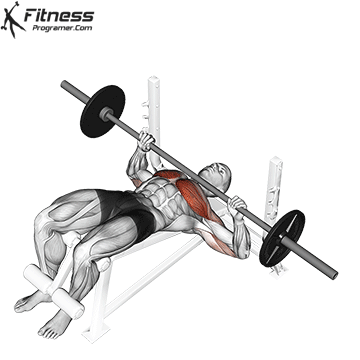
Studies demonstrate that both the -15° decline bench angle and the traditional horizontal (flat) bench angle exhibited heightened activation of the lower pectoralis muscle in comparison to alternative bench angles. If you’re looking to specifically target and emphasize the lower portion of your pectoralis major muscle, incorporating a -15° decline bench angle or sticking with the traditional horizontal (flat) bench angle could be beneficial.
2- Arm Movement and Adduction:
Exercises that involve adduction of the arms across the body, such as cable crossovers, can effectively target the lower chest fibers. This is because the lower fibers of the pectoralis major are responsible for moving the arm across the midline of the body. When you bring your arms together during a cable crossover, you’re engaging these lower fibers, leading to focused stimulation in the lower chest area.
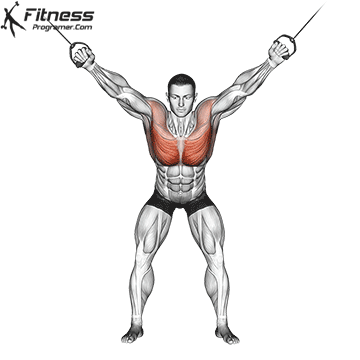
Mechanisms Behind Muscle Activation:
The mechanisms behind this targeted muscle activation involve the muscle’s insertion points and lines of tension. The pectoralis major attaches to the humerus (upper arm bone) and the sternum (breastbone) through a series of muscle fibers that have different angles. When you adjust the angle of resistance or perform arm movements that mimic the function of these muscle fibers, you’re optimizing the muscle’s contraction and maximizing engagement.

Other problems: Lower chest asymmetry
When we talk about chest symmetry, we’re essentially discussing the balanced growth of the pectoral muscles on both sides of the body. From an aesthetic standpoint, a symmetrical chest creates a sense of balance and proportion, contributing to a more sculpted and attractive physique. An imbalanced chest, where one side is noticeably larger or more defined than the other, can detract from the overall visual appeal.
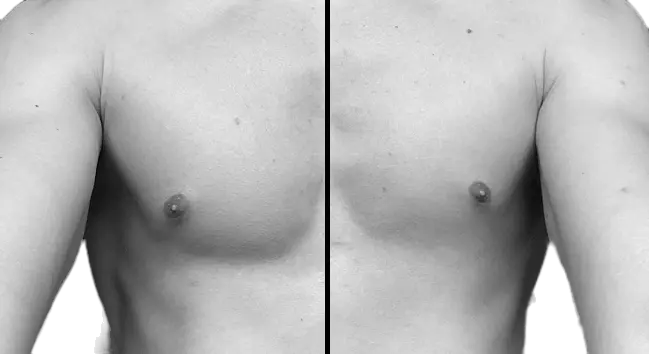
Muscle imbalances within the chest can arise due to various factors, such as genetics, training habits, and improper form. These imbalances can lead to asymmetrical chest development, affecting both appearance and function. Addressing muscle imbalances requires a holistic approach that includes:
- Unilateral Training: When performing bilateral exercises, the dominant side might inadvertently take on a larger portion of the workload. Incorporating unilateral exercises that isolate each side of the chest can help rectify imbalances. These exercises ensure that each side receives equal attention and stimulation.
- Mind-Muscle Connection: Focusing on the muscle you’re targeting during exercises is essential. A strong mind-muscle connection helps ensure that you’re effectively engaging both sides of the chest.
- Balanced Workout Routine: Designing a balanced workout routine that includes a variety of exercises targeting different areas of the chest promotes overall muscle growth and symmetry.
While training-related factors are more easily treatable, special conditions such as genetic factors or Poland syndrome, which is characterized by unilateral absence of the pectoralis major muscle, may require surgical intervention.
The Solution: Integrating Unilateral Exercises
Balancing Your Routine: To achieve symmetry, you’ll need to prioritize the weaker side in your workouts. This doesn’t mean neglecting the stronger side; rather, it’s about dedicating more focus to the side that needs improvement.
To address unilateral neglect and promote balanced chest development, integrate unilateral exercises into your routine. Consider exercises such as:
- Single-Arm Kettlebell Press: Lie on a bench and press one dumbbell or kettlebell at a time, engaging each side independently.
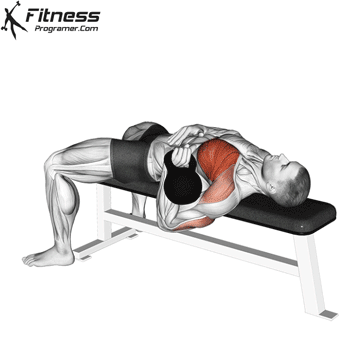
- One-Arm Cable Crossovers: Perform crossovers with a cable machine, focusing on one side at a time to ensure equal engagement.

- Single-Arm Push-Ups: Elevate one hand on a platform while performing push-ups, alternating sides to work each chest independently.
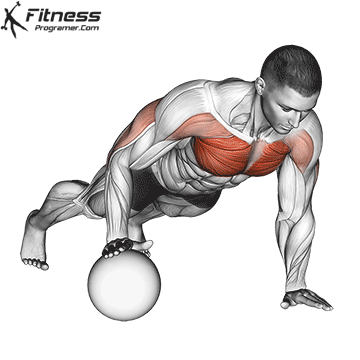
- One Arm Decline Cable Fly: To put more emphasis on the lower chest, do a unilateral cable fly using a cable instead of a barbell.
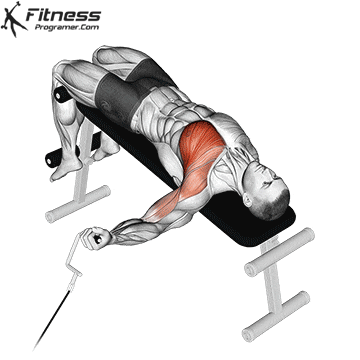
Advanced Techniques for Lower Chest Activation
Elevating your workout routine to the next level requires more than just lifting heavier weights. Advanced training techniques can provide the stimulus needed to break plateaus and achieve superior muscle activation. Learn how to incorporate these techniques effectively and revolutionize your lower chest workouts.
1. Drop Sets for Intense Muscle Recruitment:
Drop sets involve performing a set of an exercise to failure, then immediately reducing the weight and continuing with more repetitions. This technique promotes hypertrophy by engaging a high number of muscle fibers and stimulating growth. To use drop sets for lower chest activation:
- Begin with a compound exercise like decline bench press.
- Perform a set with a challenging weight until failure.
- Immediately reduce the weight by 20-30% and continue the set.
- Repeat the process for a total of 2-3 drop sets.
2. Supersets for Continuous Challenge:
Supersets involve pairing two different exercises targeting the same muscle group and performing them back-to-back with minimal rest. This technique increases muscle activation, saves time, and keeps your muscles under tension. For lower chest supersets:
- Combine decline dumbbell flyes with decline push-ups.
- Perform one set of dumbbell flyes followed by a set of push-ups.
- Rest for 60-90 seconds and repeat for 3-4 supersets.
3. Pauses for Muscle Mindfulness:
Adding pauses to your reps can enhance muscle recruitment and control. Pausing during the most challenging part of an exercise increases time under tension, leading to greater muscle activation. For lower chest activation:
- During the eccentric (lowering) phase of a decline barbell bench press, pause for 2 seconds when your arms are at a 90-degree angle.
- Continue the movement and push the weight back up.
- Repeat for 3-4 sets of 6-8 reps with pauses.
4. Progressive Overload:
Progressive overload is the cornerstone of muscle development. It involves gradually increasing the demands on your muscles over time. Unlocking your lower chest’s growth potential hinges on understanding the significance of intensity, volume, and progressive overload.
By consistently challenging your muscles with increased weights, reps, or sets, you create an environment conducive to growth. If you’re not progressively adding more weight, increasing reps, or incorporating additional sets, your lower chest muscles might remain in a comfort zone, hindering their growth potential.
Crafting a Well-Rounded Workout Routine:
A comprehensive lower chest development routine should integrate a variety of exercises to ensure balanced muscle growth. Here is a sample exercise routine for beginners:
- Push-ups: 3×12-15
- Incline Dumbbell Press (+15°): 3×10-12
- Decline Barbell Press (-15°): 3×10-12
- Pec Deck Fly: 3×12
The sample routine provided serves as a blueprint, offering a range of exercises that collectively foster balanced muscle growth. Learn How to Do Big Chest Workout for more
Lower Chest Workout: Targeted Exercises for Symmetry
To correct lower chest imbalances and achieve a symmetrical chest, you’ll need a specialized workout plan that focuses on isolating and strengthening the weaker side. Here are some exercises that can help:
- Altarnate Dumbbell Bench Press: 3×10-12
- One Arm Cable Chest Press: 3×10-12
- One Arm Decline Cable Fly: 3×10-12
Reference
Schanke, W.N. Electromyographical analysis of the pectoralis major muscle during various chest exercises. MS in Clinical Exercise Physiology, December 2012, 38pp. (J. Porcari)
Lauver JD, Cayot TE, Scheuermann BW. Eur J Sport Sci. 2016; Influence of bench angle on upper extremity muscular activation during bench press exercise PMID: 25799093

